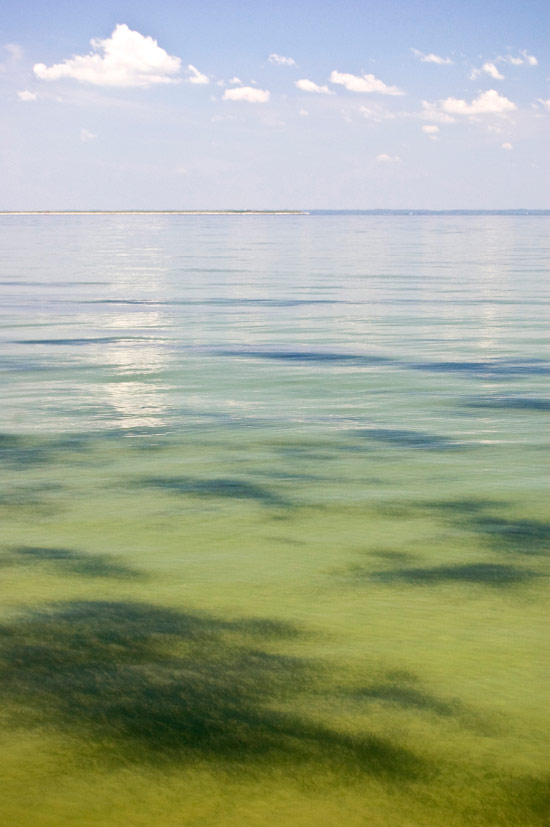Report recommends use of multiple models to simulate conditions in Bay’s shallow waters
Improving simulations could improve our understanding of shallow-waters.
An advisory committee of scientific experts has released a report recommending that Chesapeake Bay Program partners use multiple models to simulate conditions in the shallow waters of the Chesapeake Bay.
According to the report, improving shallow water simulations of dissolved oxygen and water clarity could improve the Chesapeake Bay Program’s understanding of the impacts that on-land conservation practices can have on the living resources found in shallow, tidal waters.

In the report, experts from the Scientific and Technical Advisory Committee (STAC) note that shallow water conditions are the most difficult to simulate, due in large part to interactions between shallow waters, open waters and land.
This report shows that the comparison of data produced by multiple shallow-water simulation tools could increase our confidence in the strategies managers choose to reduce pollution loads into the Bay. Dissolved oxygen and water clarity, in particular, are two water quality criteria that must be met to “delist” the Bay as impaired.
STAC’s findings encourage the Chesapeake Bay Program to set up a pilot alternative or complementary shallow-water models as soon as possible.
Learn more about the use of multiple models in the management of the Bay.

Comments
There are no comments.
Thank you!
Your comment has been received. Before it can be published, the comment will be reviewed by our team to ensure it adheres with our rules of engagement.
Back to recent stories